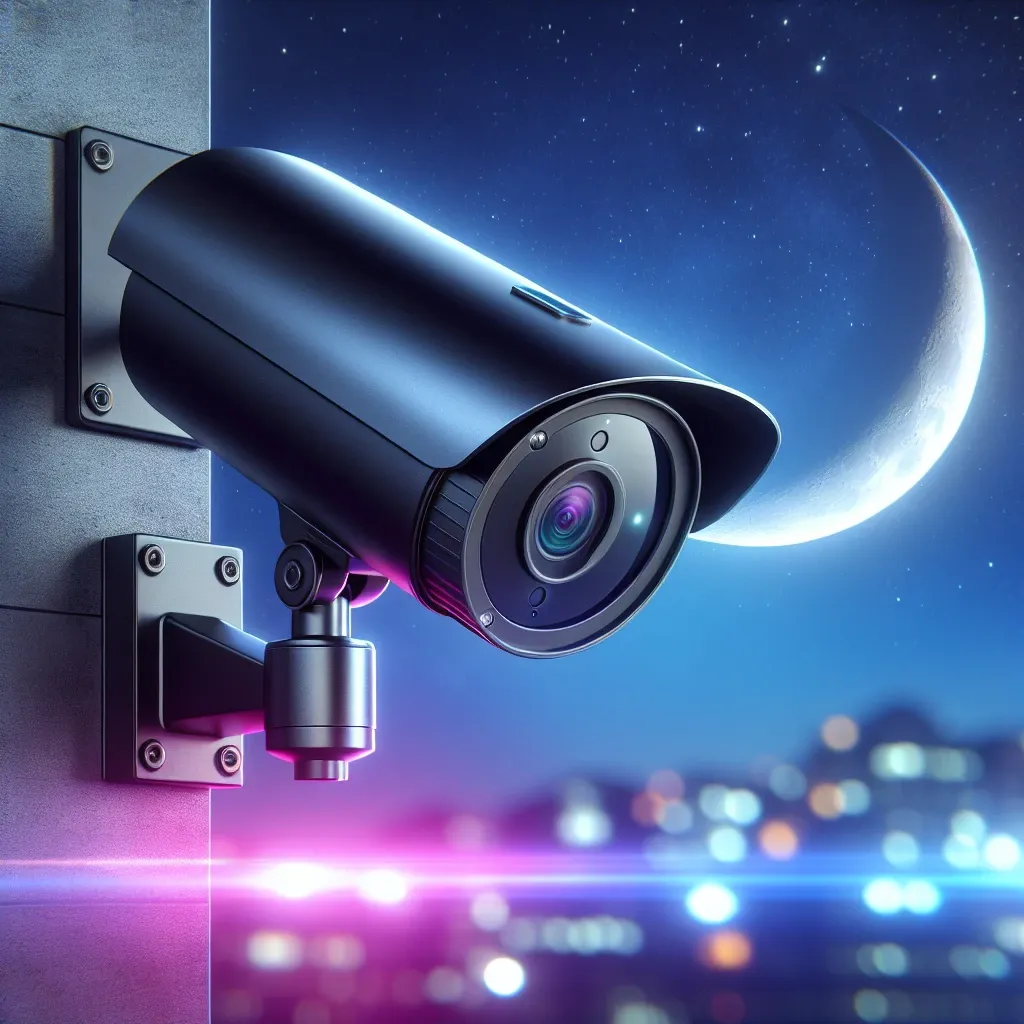If you’re considering using an OLED monitor with your Raspberry Pi, you’re in luck. The Raspberry Pi is a versatile and highly adaptable device compatible with various displays, including OLED monitors. This article will guide you through the compatibility, setup process, and potential issues you might encounter.
Compatibility of OLED Monitors with Raspberry Pi
The first question to address is whether an OLED monitor can work with a Raspberry Pi. The simple answer is: Yes, it can. However, several factors need to be taken into account, such as the type of OLED monitor, the connection interface, and the Raspberry Pi model you are using.
Factors to Consider
- Connection Interface: HDMI, GPIO, or SPI
- Resolution and Size: Compatibility with your Raspberry Pi model
- Power Requirements: Adequate power supply to both the monitor and the Raspberry Pi
| OLED Monitor Type | Connection Interface | Raspberry Pi Model Compatibility |
|---|---|---|
| HDMI OLED Monitor | HDMI | All models with HDMI output |
| GPIO OLED Display | GPIO Pins | Models with accessible GPIO |
| SPI OLED Display | SPI Interface | SPI-enabled models |
Setting Up an OLED Monitor with Raspberry Pi
The setup process varies depending on the type of OLED monitor you choose. Below are generalized steps for each type.
HDMI OLED Monitor
- Connect the HDMI cable from the monitor to the Raspberry Pi’s HDMI port.
- Power on both the Raspberry Pi and the monitor.
- Configure the display settings in the Raspberry Pi OS if necessary.
GPIO OLED Display
- Connect the display to the GPIO pins on the Raspberry Pi.
- Install necessary libraries and drivers via the terminal.
- Run sample scripts to test the display functionality.
SPI OLED Display
- Connect the display to the SPI interface pins on the Raspberry Pi.
- Install the required SPI drivers.
- Use Python libraries like Adafruit GPIO to run display scripts.
Software and Libraries
For different OLED displays, the software will also differ. Libraries and drivers are crucial for smooth functionality. Here’s a quick overview:
For HDMI Displays
- No additional libraries required – handles like a regular HDMI monitor.
For GPIO and SPI Displays
- Adafruit CircuitPython: Essential for several OLED displays.
- Raspberry Pi OS Configuration: Modify /boot/config.txt file for specific display settings.
Use the following command to install CircuitPython:
sudo pip3 install adafruit-circuitpython-ssd1306Sample code for initializing a SPI OLED display using CircuitPython:
import board
import digitalio
from PIL import Image, ImageDraw, ImageFont
import adafruit_ssd1306
spi = board.SPI()
oled_reset = digitalio.DigitalInOut(board.D4)
dc = digitalio.DigitalInOut(board.D5)
cs = digitalio.DigitalInOut(board.D15)
do = Default_OLED()
width = do.width
height = do.height
image = Image.new('1', (width, height))
draw = ImageDraw.Draw(image)
font = ImageFont.load_default()
draw.text((0, 0), 'Hello, World!', font=font, fill=255)
do.image(image)
do.show()Potential Issues and Troubleshooting
Despite the straightforward process, you might encounter some issues when using an OLED monitor with your Raspberry Pi. Here are some common problems and their solutions:
No Display Detected
- Check the connection cables and ports.
- Ensure that the display is powered on.
- Verify compatibility and update settings in the /boot/config.txt file.
Display Flickering or Artifacts
- Check power supply sufficiency.
- Update to the latest Raspberry Pi OS.
- Consider adding a heatsink to reduce overheating.
Drivers Not Functioning
- Reinstall necessary libraries.
- Verify the integrity and compatibility of installed drivers.
- Consult the display manufacturer’s documentation for specific settings.
Conclusion
Using an OLED monitor with a Raspberry Pi can significantly enhance your projects, providing superior image quality and response times. By carefully considering compatibility factors, following proper setup procedures, and preparing for potential troubleshooting, you can efficiently integrate an OLED display with your Raspberry Pi setup.




